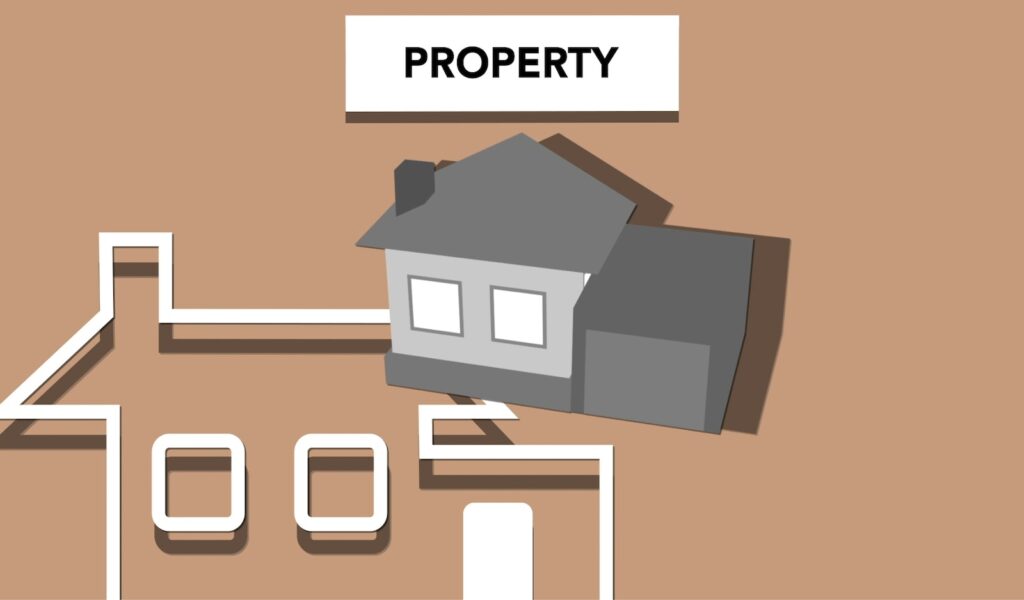Avoid Costly Mistakes: Investor’s Checklist for Private Loans
Are you a real estate investor, borrower, or lender looking for a profitable opportunity in private loans? Private loans can be a great way to invest or borrow money, but they come with risks. Mistakes in private loans can be costly and can lead to financial losses. That’s why having an investor’s checklist for private loans is crucial to prevent problems and ensure success.
By following this checklist, you can make informed investment decisions and maximize your profits. So, whether you are a seasoned investor or a newcomer to private loans, read on to learn how to avoid costly mistakes and achieve success in private lending.
The Benefit of Having an Investor’s Checklist for Private Loans
By having an investor’s checklist for private loans, you can avoid costly mistakes and increase your chances of success. It provides a systematic approach to evaluate the risks and opportunities of a private loan. With this checklist, you can identify potential problems and take steps to mitigate them. This checklist can also help you negotiate better terms and conditions for the loan.
Overview of the Tips
Here are the tips that you need to include in your investor’s checklist for private loans:
- Evaluate the borrower’s creditworthiness
- Assess the collateral
- Review the loan documentation
- Understand the terms and conditions
- Calculate the return on investment
- Consider the risks and rewards
The Benefits of Each Tip
Evaluate the Borrower’s Creditworthiness
The borrower’s creditworthiness is a crucial factor to consider in private loans. You need to assess the borrower’s ability to repay the loan based on their credit history, income, and other financial factors. By evaluating the borrower’s creditworthiness, you can minimize the risk of default and increase your chances of getting repaid.
Assess the Collateral
Collateral is the asset that the borrower pledges to secure the loan. You need to assess the value and quality of the collateral to ensure that it is sufficient to cover the loan amount in case of default. By assessing the collateral, you can minimize the risk of loss and protect your investment.
Review the Loan Documentation
The loan documentation is a legal contract between the borrower and lender. You need to review the loan documentation carefully to ensure that it accurately reflects the terms and conditions of the loan. By reviewing the loan documentation, you can prevent misunderstandings and legal disputes.
Understand the Terms and Conditions
The terms and conditions of the loan determine your rights and obligations as a lender or borrower. You need to understand the terms and conditions of the loan to ensure that they are fair and reasonable. By understanding the terms and conditions, you can negotiate better terms and avoid hidden fees or penalties.
Calculate the Return on Investment
The return on investment (ROI) is the profit or loss that you can expect from the private loan. You need to calculate the ROI to determine whether the loan is a profitable investment or not. By calculating the ROI, you can compare different investment opportunities and choose the most profitable one.

Consider the Risks and Rewards
Private loans come with risks and rewards. You need to consider the risks and rewards of the loan to make an informed decision. By considering the risks and rewards, you can assess the potential benefits and drawbacks of the loan.
Action Steps, or Checklist to Perform
Here’s the checklist that you need to follow:
Evaluate the borrower’s creditworthiness:
- Check the credit score and history of the borrower
- You can use credit reports from credit bureaus or online services to check the borrower’s credit score and history. A good credit score indicates that the borrower has a history of paying debts on time and is less likely to default on the loan.
- Verify the income and employment status of the borrower
- You need to verify the income and employment status of the borrower to ensure that they have a stable source of income to repay the loan. You can ask for recent pay stubs, tax returns, or bank statements to verify the income and employment status.
- Check the debt-to-income ratio of the borrower
- The debt-to-income ratio is the ratio of the borrower’s monthly debt payments to their monthly income. A high debt-to-income ratio indicates that the borrower may have difficulty repaying the loan. You can calculate the debt-to-income ratio by dividing the borrower’s monthly debt payments by their monthly income.
Assess the collateral:
- Determine the value and quality of the collateral
- You need to determine the value and quality of the collateral to ensure that it is sufficient to cover the loan amount in case of default. You can hire a professional appraiser to determine the value of the collateral or inspect the collateral yourself to determine its quality.
- Verify the ownership and title of the collateral
- You need to verify the ownership and title of the collateral to ensure that the borrower has the right to pledge it as collateral. You can request a title report or search public records to verify the ownership and title of the collateral.
- Check for liens or other encumbrances on the collateral
- You need to check for liens or other encumbrances on the collateral to ensure that there are no prior claims on it. You can search public records or hire a title company to check for liens or other encumbrances on the collateral.
Review the loan documentation:
- Read the loan agreement carefully
- You need to read the loan agreement carefully to ensure that it accurately reflects the terms and conditions of the loan. You should pay attention to the interest rate, repayment schedule, fees, and other provisions of the loan agreement.
- Check for any hidden fees or penalties
- You need to check for any hidden fees or penalties in the loan agreement. Some lenders may charge hidden fees or penalties that can increase the cost of the loan. You should ask the lender to disclose all the fees and penalties upfront.
- Understand the default and foreclosure process
- You need to understand the default and foreclosure process in case the borrower fails to repay the loan. You should know your rights and obligations as a lender and follow the legal process to recover your investment.
Understand the terms and conditions:
- Clarify any unclear or ambiguous terms
- You need to clarify any unclear or ambiguous terms in the loan agreement. If you have any questions or concerns about the terms and conditions, you should ask the lender to explain them in detail.
- Negotiate better terms and conditions
- You can negotiate better terms and conditions for the loan based on your evaluation of the borrower’s creditworthiness and collateral. You can ask for a lower interest rate, longer repayment period, or better collateral to mitigate the risk of default.
- Avoid unfavorable terms and conditions
- You should avoid unfavorable terms and conditions that can increase the cost or risk of the loan. For example, you should avoid loans with high-interest rates, short repayment periods, or insufficient collateral.
Calculate the return on investment:
- Estimate the total cost of the loan
- You need to estimate the total cost of the loan, including interest, fees, and other expenses. By estimating the total cost, you can determine the minimum return on investment that you need to make the loan profitable.
- Compare the ROI with other investment opportunities
- You should compare the ROI of the private loan with other investment opportunities to determine the most profitable one. You can use a financial calculator or spreadsheet to calculate the ROI of different investment opportunities.
- Adjust the ROI based on the risk and reward
- You should adjust the ROI based on the risk and reward of the private loan. Higher-risk loans may require a higher ROI to compensate for the increased risk, while lower-risk loans may require a lower ROI.

Consider the risks and rewards:
- Assess the risk of default
- You need to assess the risk of default based on the borrower’s creditworthiness, collateral, and other factors. By assessing the risk of default, you can determine the likelihood and impact of default on your investment.
- Evaluate the potential rewards
- You should evaluate the potential rewards of the private loan, including the interest income, principal repayment, and other benefits. By evaluating the potential rewards, you can determine the potential profitability of the loan.
- Weigh the risks and rewards
- You need to weigh the risks and rewards of the private loan to make an informed decision. By weighing the risks and rewards, you can determine whether the loan is worth the investment.
Final Words
By following this investor’s checklist for private loans, you can avoid costly mistakes and increase your chances of success. Start by evaluating the borrower’s creditworthiness and collateral, reviewing the loan documentation, understanding the terms and conditions, calculating the return on investment, and considering the risks and rewards.
By taking these steps, you can make informed investment decisions and maximize your profits. Do you have any questions or comments about this investor’s checklist for private loans? Share your thoughts below!
